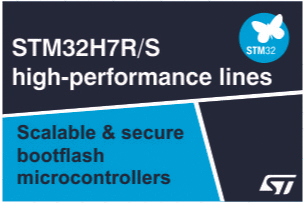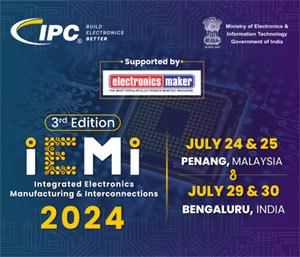The SAM car (semiautonomous motorcar), the result of a joint project between Arrow Electronics and former Indy Racing League driver Sam Schmidt. The high-tech racecar is capable of being driven by simple head movements.
The SAM (semi-autonomous motorcar) Project is an innovative project in which a 2014 Corvette C7 Stingray car has been modified with integrated advanced electronics and a human-to-machine interface so a qualified quadriplegic driver can safely operate it under racetrack conditions. The concept of modifying cars so disabled racers might return to the racetrack is championed by Colorado neurosurgeon Dr. Scott Falci. The SAM Project is a collaborative venture between Arrow Electronics, Ball Aerospace & Technologies Corp., the Air Force Research Laboratory, Schmidt Peterson Motorsports and Falci Adaptive Motorsports. The SAM Project demonstrates, particularly to disabled people, that anything is possible with the help of technology, while also influencing a new generation of mobility and safety technologies. More information about the project is available at http://arrowsamcar.com/.
Getting Started

Sam is a former Indy Racing League driver. He made 27 career starts, winning at the Las Vegas Motor Speedway in 1999. On January 6, 2000, Sam crashed during a practice lap at the Walt Disney World Speedway, severely injuring his spinal cord. He was diagnosed as a quadriplegic. In 2001, Sam founded Schmidt Peterson Motorsports. His team earned the Indy 500 pole in 2011 and has won more Indy Lights championships than any other team.
Despite his success as an owner, nothing compares with being behind the wheel. One day, he got a surprise text from Dr. Scott Falci and a team of engineers he’d never met. His dream of driving might not have to be just a dream any longer.
In June 2013, engineers and medical researchers joined forces to work toward a common vision—modifying a car to be safely driven at speed by head movements for a quadriplegic race driver. This is a semi-autonomous motorcar call it as SAM.
Technology of Tomorrow
See how Arrow and its partners modified a 2014 Corvette C7 Stingray to be driven only by head movement
 SAM TECHNOLOGY
SAM TECHNOLOGY
We did something that has never been done before. Modifying a car-a 2014 Corvette C7 Stingray-so a qualified quadriplegic driver can safely operate it under racetrack conditions call it SAM – A semi-autonomous motorcar. Here’s a look under the hood.
 CAMERA & SENSORS
CAMERA & SENSORS
The driver wears a racing hat fitted with eight infrared sensors. Inside the car, four infrared cameras are mounted facing the driver. The cameras and sensors integrate into a system that can motion-track the driver’s subtle head movements in real time.
 ACCELERATING
ACCELERATING
To accelerate, the driver tilts his head back, toward the headrest. A central processor interprets this motion and sends the command to the rotary actuator attached to the gas pedal. The gas pedal is depressed, increasing the speed of the car in 10 mph increments.
 STEERING
STEERING
The driver steers the car by tilting his head to the left or right. The processor translates the camera and sensor data to a rotary actuator on the steering wheel.
 BRAKING
BRAKING
To ensure the ability to slow down while rounding corners, the brakes could not be applied by head movements. Instead, braking is controlled by biting down on a small sensor placed in the driver’s mouth. This sensor is pressure sensitive – the harder the driver bites, the harder the brakes depress.
 GPS & SAFETY
GPS & SAFETY
An on-board GPS creates virtual boundaries that if reached, will warm the driver and can correct course if needed. The GPS updates 100 times per second to provide the necessary level of precision for speed and location. As a precaution, an able – bodied safety engineer rides in the passenger seat with a separate set of controls to steer and apply the brakes. These are simply safety measures- the driver is always in complete control unless intervention is absolutely necessary.
Arrow SAM Project: How the Semi-Autonomous Motorcar Works













